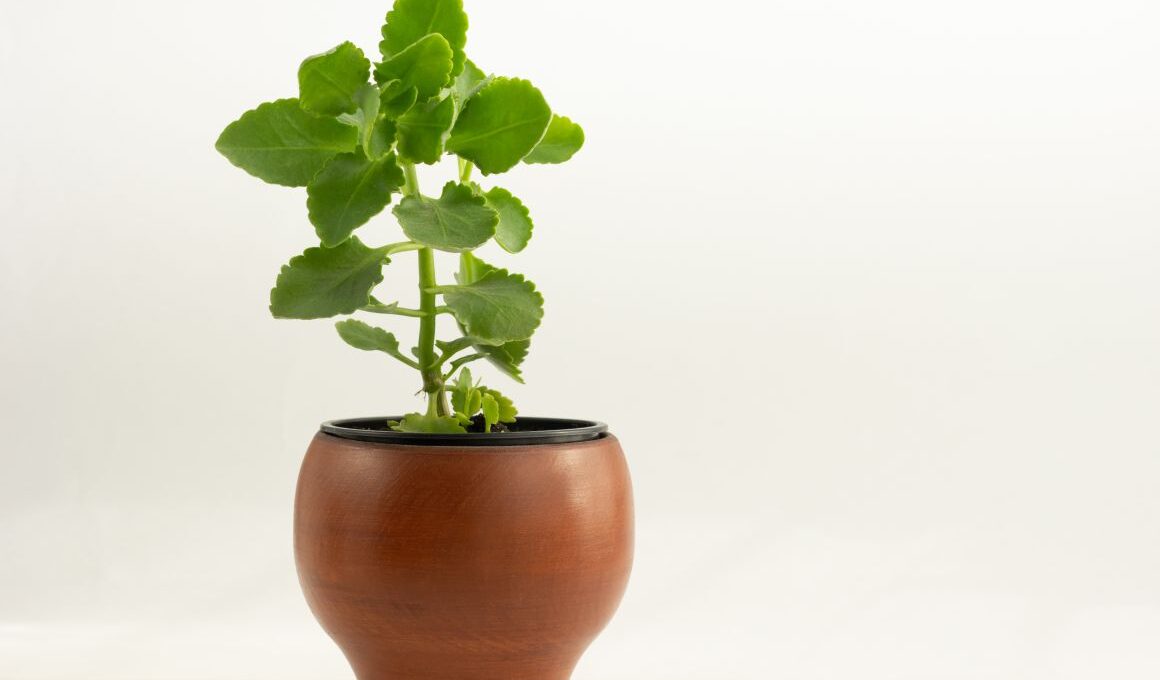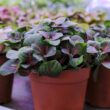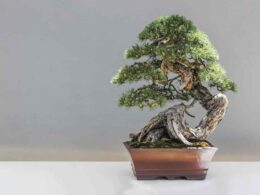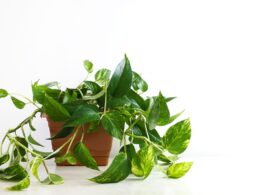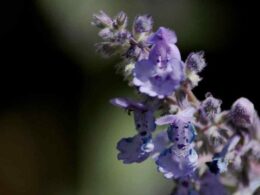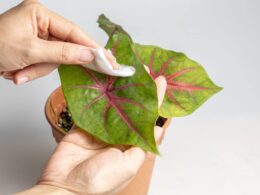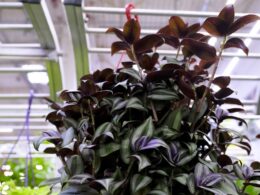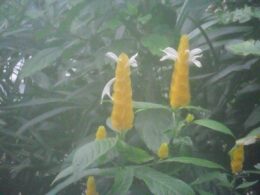We will also provide some helpful advice on how to keep your kalanchoe looking healthy and vibrant. So read on for all the information you need to become a kalanchoe plant care expert!
Watering Kalanchoes
Kalanchoe plants are native to Madagascar and thrive in warm, dry climates. They are well-known for their distinctive flowers, which come in a wide range of colors. When it comes to watering Kalanchoe plants, the key is to allow the soil to dry out completely between watering. This plant does not like wet roots, so it is important not to overwater (to avoid root rot). If the leaves of the plant begin to turn yellow or brown, this is a sign that the plant is not getting enough water. When watering Kalanchoe plants, be sure to use lukewarm water and avoid getting the leaves wet. Allow the water to seep slowly into the soil until it is evenly moistened. Then, let any excess water drain away before placing the plant back in its pot.
Light for Kalanchoe Plant Care
When you think of kalanchoe plant care, you must remember that they need plenty of bright, indirect light to thrive. If you live in a climate with long, sunny days, your kalanchoe will do well near a south- or west-facing window. If you live in a climate with shorter days and less sunshine, place your kalanchoe near an east-facing window. These plants do not like direct sunlight, so be sure to keep them out of any direct sunbeam. If the leaves of your kalanchoe begin to turn pale or yellow, this is a sign that it is not getting enough light. It is best to place your pot ona a window-sill.
Soil for Kalanchowe Houseplant
Kalanchoes need well-draining potting soil that is high in organic matter. A good cactus potting mix with common pot plant mix is recommended for this indoor plant. Be sure to avoid using any soil that is too dense or heavy, as this can lead to problems with drainage. If you are not sure whether your kalanchoe’s soil is well-draining, simply check the drainage hole in the bottom of the pot. If water drains slowly or not at all, the soil is too dense and needs to be amended. Keep your budding plant in a temperature of 60-80 F. protect it from the freezing temperatures.
Succulent Fertilizing
Fertilizing your Kalanchoe is important to keep it healthy and encourage blooming. You can use a liquid or granular fertilizer that is designed for succulents. Apply the fertilizer once a month during the spring and summer, and every other month during the fall and winter months. When applying the fertilizer, be sure to follow the product label instructions. Too much fertilizer canburn the plant roots, so it’s important not to overdo it. Once you’ve applied the fertilizer, water the plant deeply to help distribute the nutrients. With a little care, you can keep your Kalanchoe healthy and blooming for years to come. Ready to start off with some special and tender Kalanchoe plant care?
Kalanchoe Blossfeldiana & Pets
The Kalanchoe plant is a member of the Crassulaceae family, which includes well-known succulents such as jade plants and sedums. These plants are known for their thick, fleshy leaves, which store water to help the plant survive in dry conditions. The Kalanchoe is native to Madagascar, but it has been introduced to many other parts of the world and is now a popular houseplant. One of the most appealing features of this plant is its tolerance for neglect; however, this hardiness also means that the kalanchoe can be a little too vigorous for some gardeners. The plant is also known for its toxic sap, which can cause dermatitis in humans and gastrointestinal problems in pets. As a result, it’s important to exercise caution if you have pets or small children who might be tempted to nibble on the leaves.
How to Propagate Kalanchoe?
One of the easiest ways to propagate Kalanchoe is by taking stem cuttings. Start by finding a healthy, actively growing plant and taking a sharp knife to cut off a 4-6 inch portion of stem. Make sure that the section you choose has at least 2-3 sets of leaves. Next, remove the lower leaves from the stem cutting and dip the end into some root hormone powder. Once the cutting is prepped, it’s time to pot it up. Fill a small pot with well-draining cactus mix or coarse sand and insert the stem cutting about an inch deep. Be sure to keep the cutting moist, but not wet, and in bright indirect light. In 4-6 weeks, you should see new root growths. Once the roots are established, you can transplant your new Kalanchoe plant into a larger pot.
Flowering
The Kalanchoe is a type of succulent houseplant that is popular due to their low-maintenance care requirements. Kalanchoe are known for their colorful flowers, which typically blooming in the spring or summer. However, there are some varieties that will bloom in the fall or winter. The blooming period can last anywhere from a few weeks to several months. Once the flowers start to fade, the plant will go into a resting period before bloom again. In order to encourage flowering, it is important to give the plant plenty of sunlight and well-draining soil. With proper care, you can enjoy the colorful blooms of your kalanchoe for many years to come.
Kalanchoe Plant Care. Recap
Now that you know all about kalanchoe plant care, it’s time to put your knowledge into practice! Follow the tips and advice we’ve provided in this blog post, and you’ll be on your way to becoming a kalanchoe plant expert in no time. With just a little bit of effort, you can keep your kalanchoe healthy and looking its best. So what are you waiting for? Get out there and start caring for your kalanchoe plant today! Thanks for reading!





